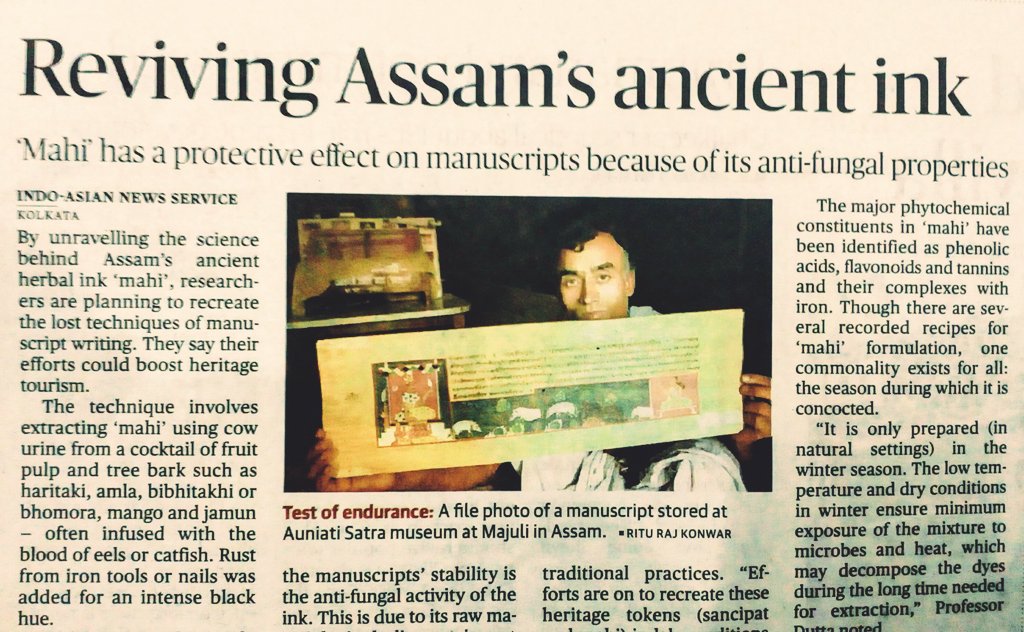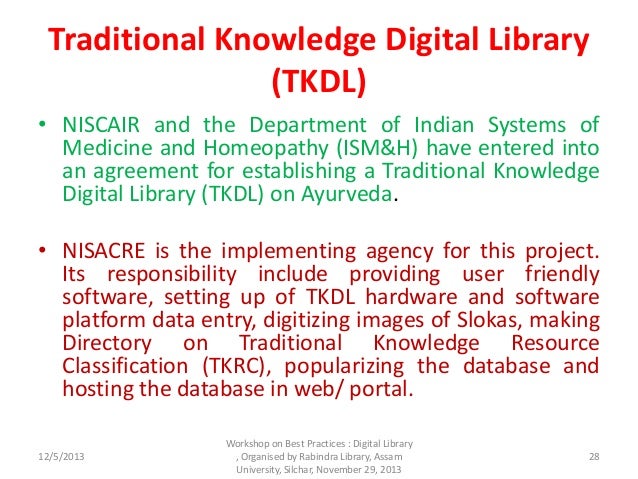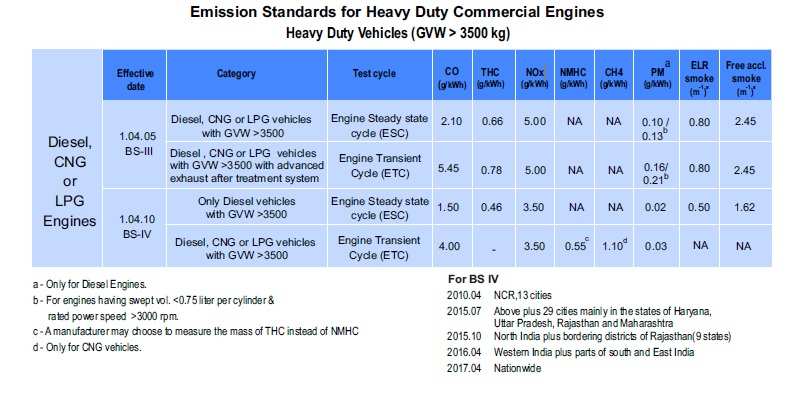28th February -is National Science Day.
Objectives :
(i) To widely spread a message about the Importance of science used in the daily life of the people.
(ii) To encourage the people to think scientifically and to popularize the Science and Technology.
(ii) To encourage the people to think scientifically and to popularize the Science and Technology.
BACKGROUND :
(a) National Science Day is celebrated in India on 28 February each year to mark the discovery of the Raman effect by Indian physicist Sir Chandrashekhara Venkata Raman on 28 February 1928.
(b) For his discovery, Sri C.V. Raman was awarded the Nobel Prize in Physics in 1930.
(c) The nation has been celebrating National Science Day on 28th February every year since 1999, although it was declared in 1986.
(b) For his discovery, Sri C.V. Raman was awarded the Nobel Prize in Physics in 1930.
(c) The nation has been celebrating National Science Day on 28th February every year since 1999, although it was declared in 1986.
THEME :
The theme of the Natioanl Science Day for year 2017 is :
"Science and Technology for Specially-abled Persons".
"Science and Technology for Specially-abled Persons".
.










